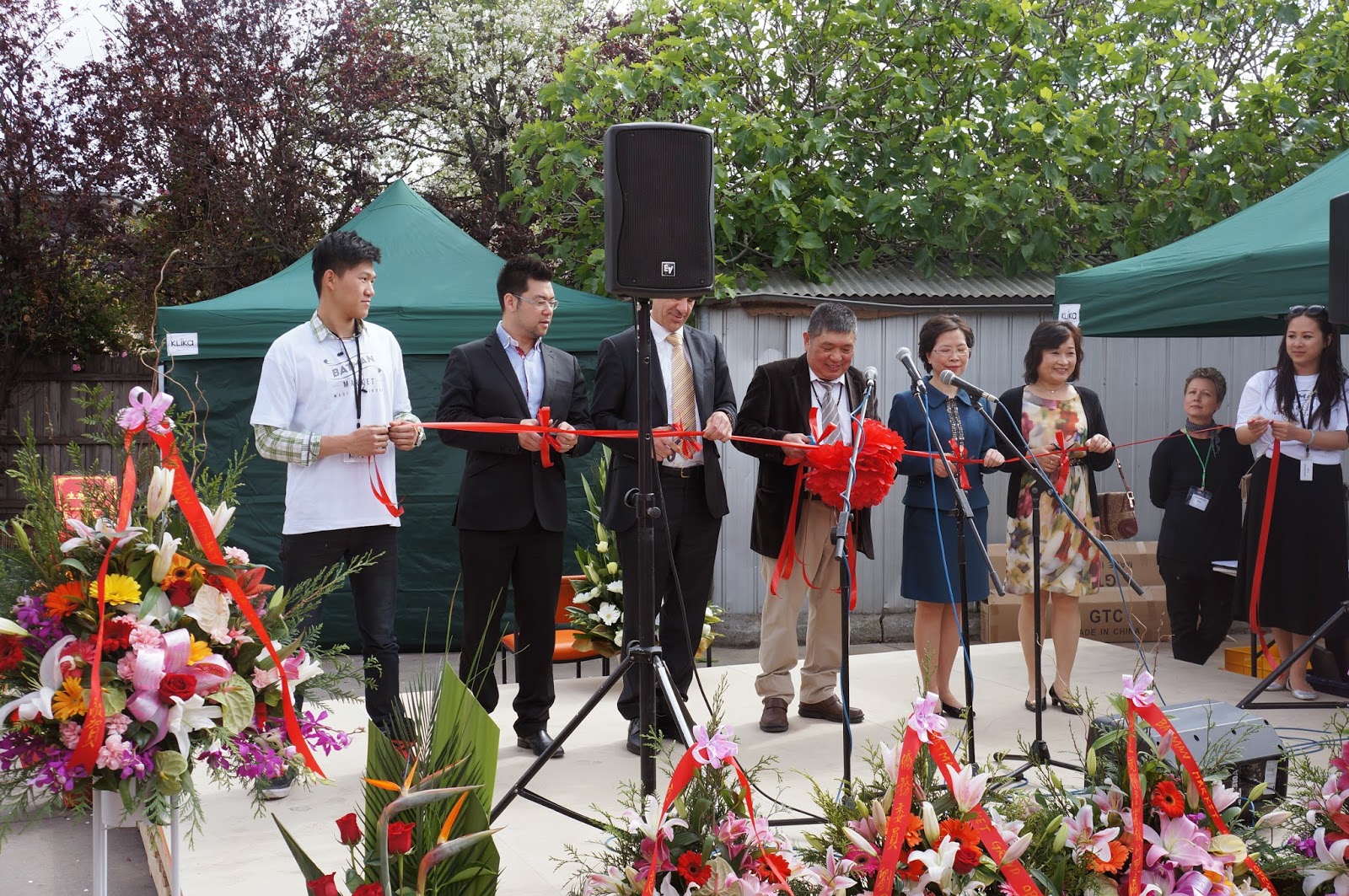Pizza comes from Naples. Eating a pizza in Rome or in
Florence and certainly in most places in Melbourne is not the same as eating it
in Naples. Or at 400 Gradi in East Brunswick where Johnny Di Francesco makes
Pizza Napoletana.
Pizza was born in Naples which is where the real Pizza Margherita comes from, named in honour of Queen Margherita and sporting the colours of the Italian flag: red from the tomato sauce, green from the basil and white from the fresh mozzarella.
Johnny is quick to point out that a Napoletana pizza can be
an acquired taste. The dough is thicker and a little chewy. It is not crisp and hard pizza 'biscuit'. It's soft and light and foldable. You really need two hands or a knife and fork to eat it without the topping siding off down your front.
And Johnny should know what he is talking about. He has been making pizza since he was 12 and this year in August, he took the top honours against 600 competitors from 35 countries at the Campionato Mondiale Della Pizza (World Pizza Championships) in Parma, Italy.
Taking part in a pizza masterclass run by Johnny felt like a journey. Making pizza napoletana isn't just a haphazard mix of flour, yeast, salt and water. Johnny talked us through the ratios and the whys for his 'rules' for making good pizza.
I had no idea that 00 flour comes in several different levels of protein for different types of baking. For pizza dough, flour with 11.5-12.5% protein is what you're after. Flour is a consuming passion for Di Francesco. He sources it from a long-established mill near Padua.
The next new piece of advice was mixing the salt into the water first, then adding a little flour and then dropping a tiny knob of yeast into that mixture then continually adding flour and mixing all the time. No sugar, no letting the water and yeast mix froth before adding the flour. Too much yeast does not allow for natural fermentation. And too much yeast results in the gassy, bloated feeling sometimes experienced after eating pizzas other than those in the Napoli style.
The key to the pizzas from Naples is the crust. Once the dough has been made, it sits covered for two hours and is then formed into small 250 gram balls which are left for 24 hours to mature. The next day when it comes to making the bases, the trick is to push the gas from the yeast maturation in the dough out towards the outer edge, or cornicione.
90 seconds in a wood-fired oven or 4 minutes in a conventional oven at 400-450 will give you a light, airy and slightly blistered crust. And Johnny insists that you eat all the crust. And not because it will put hairs on your chest. The air or the fermented gases pushed to the outer edge promote digestion.
So. The next time the moon hits my eye like a big pizza pie, and the world seems to shine like I've had too much wine, I'll embrace the Neapolitan love and make pizza.
90 seconds in a wood-fired oven or 4 minutes in a conventional oven at 400-450 will give you a light, airy and slightly blistered crust. And Johnny insists that you eat all the crust. And not because it will put hairs on your chest. The air or the fermented gases pushed to the outer edge promote digestion.
So. The next time the moon hits my eye like a big pizza pie, and the world seems to shine like I've had too much wine, I'll embrace the Neapolitan love and make pizza.
























